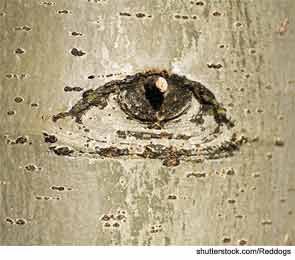
SNOWMASS, COLO.—There are many questions about Sjögren’s syndrome—including which tests are best for diagnosis and which treatments best relieve symptoms—but answers seem to be within reach. For example, what is Sjögren’s? In 2012, the ACR approved provisional criteria to more clearly define the syndrome as a triad that includes ocular dryness, oral dryness, and underlying autoimmunity, explained Alan N. Baer, MD, director of the Jerome L. Greene Sjögren’s Syndrome Center at Johns Hopkins University School of Medicine in Baltimore, during a session titled, “Key Questions in Sjögren’s Syndrome,” here at the ACR Winter Rheumatology Symposium, held January 26–February 1, 2013. Even though there is no definitive treatment, being able to establish a diagnosis is important, Dr. Baer emphasized, because this will contribute to the development of more effective treatment in the future.
Classification Criteria
There have been 12 sets of classification criteria for Sjögren’s syndrome since 1965, including the widely used 1993 European and the 2002 American–European criteria. The trouble with many of these criteria sets was their reliance on tests for individual components of the syndrome that may be outdated and not diagnostically equivalent, Dr. Baer noted. “Finally, in 2012, the ACR provided a provisional set of criteria,” he said.1 “Now we have three components, all of them objective: ocular surface staining, positive lip biopsy, and SSA/SSB antibodies.”
Per the 2012 guidelines, there is no differentiation between primary and secondary disease, and a positive diagnosis requires two out of three of these criteria:
- Positive serum anti-SSA and/or anti-SSB, or positive rheumatoid factor and antinuclear antibody (ANA) ≥1:320
- Keratoconjunctivitis sicca (i.e., dry eye syndrome) with Sjögren’s International Collaborative Clinical Alliance (SICCA) staining score ≥3, using lissamine green and fluorescein, as opposed to Rose Bengal, as the ocular stains
- Labial salivary gland tissue section exhibiting focal lymphocytic sialoadenitis with ≥1 lymphocytic aggregate per 4 mm2 (i.e., focus score ≥1)
The new criteria for classifying Sjögren’s have been validated using a rich data set collected over the past decade in the SICCA Registry, Dr. Baer said. This registry was funded by the National Institutes of Health to define new classification criteria for Sjögren’s syndrome and to collect clinical data and biospecimens from more than 3,000 participants with suspected or established Sjögren’s.
Despite having well-defined criteria, making a diagnosis is not a simple matter and requires careful consideration. For example, “there are people who may have dryness because of age-related atrophy of the glands, drug use, or other medical illnesses,” Dr. Baer said. The cutoff points for the disease criteria are not absolute. For example, “you may have a patient with a focus score of 0.8 who may well have Sjögren’s syndrome,” Dr. Baer added, “but you have to look at other features to make that determination.”
